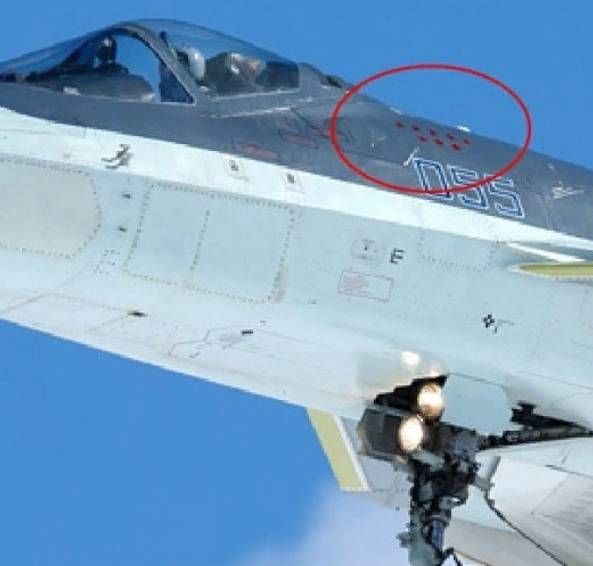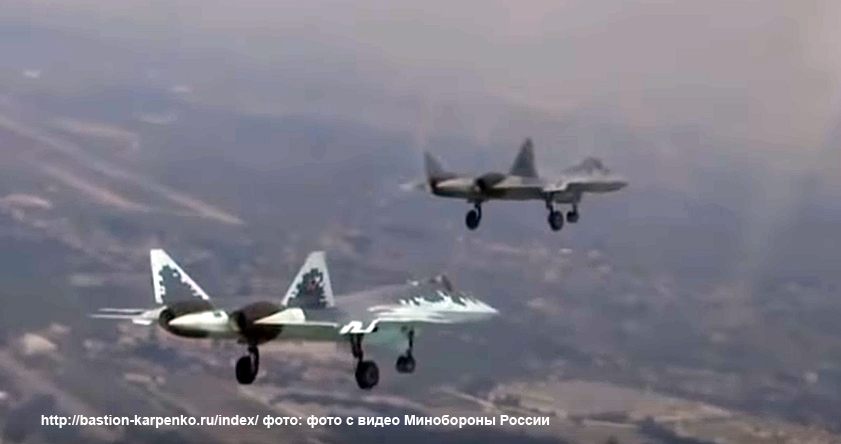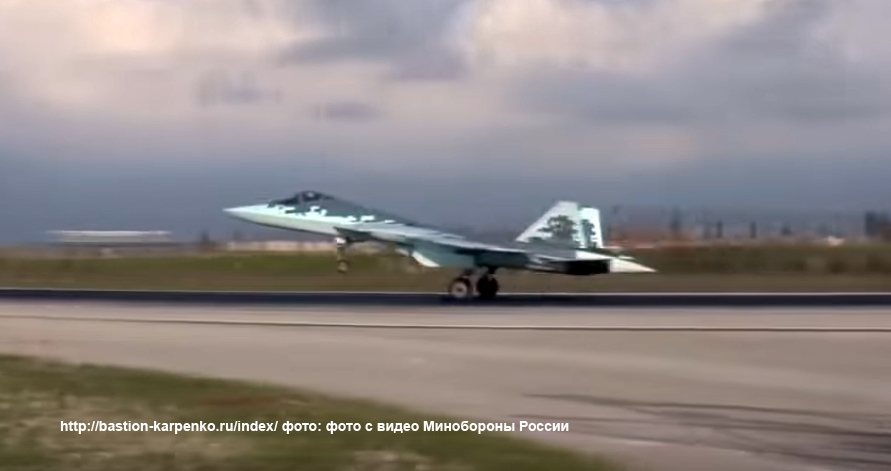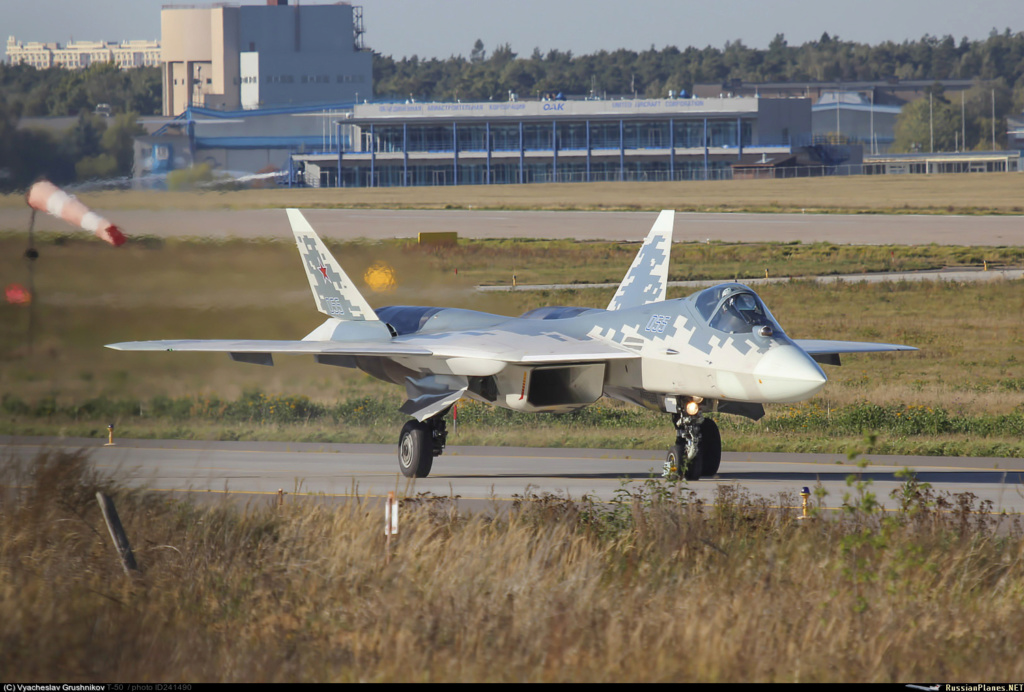Well, there is an obvious increase in survivability of the plane due to the redundancy of twin engines. All current CAS jets have two engines for instance.Azi wrote:Sorry, but safety is not the reason for a twin engine design. It's only perfomance! One of the best western fighter designs is the cheap and light F-16 and it's in general not more or less safe than a F-18 or F-15. All single-engine fighters of USSR were death-traps? Not safe enough?
In a single fighter an engine failure equals loss of the plane, in a twin engine it does not. While this argument stands, applying it to a combat situation may be tricky, since a twin engine fighter would not go very far being attacked with one engine lost and would merely be able to fly and hope to escape with lots of luck.
There is an additional factor which is the increased complexity of the twin engine design. Apparently, near misses at the F-15 have been significantly more than in F-16, many of them due to engine ancillaries. But due to the twin engine nature of the aircraft, they didn't develop into complete losses of the planes.
So in the end I could see Russia having preference for twin engine fighter, mainly for safety in peace time operations and basic survivability in combat. But I tend to agree that if the reliability of the single engine was enough they would field it too.
What would be the difference between procurement costs of single and twin engine? I guess 30%, no more, and then I am considering a the single engine being quite smaller than the twin engine. For instance, if a Su-30SM is less than 30 $ mill, do you really think an hypothetical single engine would be less than 20 million? All the components would be essentially the same but airframe and one engine...The whole concept of the F-35 is based on a light (single-engine) multi-role fighter. To have a few thousands light multi-role fighter or have not a single one, because of stupid "safety-reason" is a big difference.
For russian forces future will be maybe 250 great Su-57, a few hundreds remnants of the Su-27 series and maybe 100 Mig-31 against THOUSANDS of F-35 and hundreds F-22, F-18 and so on.
That is exactly the key issue here. Russia is NOT going to field thousands of fighters, regardless of them being single or twin engine. So you have to compensate a new development effort in the equivalent of billions of dollars with modest savings for at best a few hundred fighters. If you could export single engines in (really big) numbers that you would not export with twin engine models, you could improve your economies of scale. But the case remains weak and uncertain nevertheless at the moment of committing a budget for the development, unless you manage to force feed them from the start to your allies like US has done with the F-35, selling the plane before actually having a product to show. We are not in Soviet times anymore, so this is not a practicable way for Russia.
Well, it may be even worse depending on the circumstancesAnd you will for sure tell me now, that the kill ratio of Su-57 against F-35 will be more than 10:1?
But this is not what VVS should count on and they surely don't do. F-35 would be supported by F-22 and many other assets and that should level the (really hypothetical) fight.
It's not about a conflict defending Russia, that scenario will go maybe nuclear very quick so not realistic, but a scenario like Syria, to project power and defend allies.
I think in this case the deterrent value of the weapon systems is not so much in the numbers, because any conflict would start really small. What counts is that aggressor knows trying anything silly may end up bad for him, and that calls for deploying capable weapons and leaving no weak spots in your defence that could be exploited for political gains of your adversary. This is what we see in Syria. But of course, if the conflict would develop conventionally beyond that point (very determined stances from both sides), numbers count because they would greatly determine who has control of the escalation.
Well I would check the real advances of AI compared to what the historic forecast were... it would probably send a shiver down your spine, it has been nothing short of terrific (or terrifying, depending on how you see it!)There is much bla bla about the future belongs to UCAV, but it won't. Maybe in 50 or 100 years. The AI of UCAV'S can't compete with humans, so remote control is the option, but in a heavy EW zone complete useless. Best example is Iran landing high tech UAV of USA a few years ago ;D LOL
We've talked about this somewhere else. AI has some unassailable advantages vs. human intellect that are starting to show up only recently but will appear in the next 10-15 years in full force, rendering many (most) human intellectual functions essentially obsolete. Military are neither philosophers nor idiots, they want effectiveness and therefore they are the prime promoters of the technology.
Yes, but then the plane would be twice as big as the F-35... completely different capabilities would come in the pack, that would need to be accounted for.The cost of 1 F-35 is about 100 million US-$ and the cost of 1 F-135 engine is 13 million US-$. That's quite more than "nothing"! For 100 fighter this means 1,3 billion US-$ only for the engines, and hypothetic 2,6 billion US-$ if the F-35 would be a twin-engine fighter with the same engine.
As Singular_Transform points out, the smaller engines of a twin-engine F-35 would be cheaper than the F135. Even when in the case above, the F404 is in another different technological level, I think the core of the argument stands.
Well, thanks! With the increase of weight, the newer engines have not produced in every case an increase of performance vs. 4G models being replaced, rather the opposite. This may be an isolated case due to very special requirements set of the F-35, but in any case what you need is to be better than previous models, also dynamically. For the record, I think currently a single engine fighter can be done which is true multirole, LO and still close to dynamically analogue to a Su-57.Everything you wrote is correct! Avionics increased in weight, but power and thrust of engines increased the same way Wink
Like said above, there are no huge numbers in the Russian case I think.Yes of course a single engine fighter costs not 50% of a powerful twin-engine design, but if you can save only little money this will stack. If you go for huge numbers there is a difference to pay a few billion US-$ more or less.
Let's see how this ends, we will still be waiting for some years until induction of Su-57 as fully developed 5G plane with second stage engine. And since this is the project that revived the Russian fighter industry, I guess the rest of what is going to happen in terms of new models will follow only when the new technologies and competences are fully implemented and the lessons of developing Su-57 evaluated. I am surely wrong in countless regards but if I were to make a call I would research very seriously the potential of unmanned aircraft before committing resources for developing a new manned fighter at least over the next decade and possibly compromising the RuAF for the foreseeable future with a failed approach that missed the ongoing transformation of the air power.I'm not against twin-engine designs, I want both, the perfect mix between them Wink But from my opionon RuAF makes a great mistake procure only twin-engine fighter. The USA did the mistake with F-35 making it too much multi-role, without a proper specialization, so every F-35 is completly overloaded with too fancy shit.
Regarding F-35, I would agree the overload of conflicting requirements harmed it severely so it may not be a perfect example of what can be expected of a 5G light fighter (it is not even light to start with). In particular the aerodynamics, weight and internal carriage of weapons were badly impaired IMHO stacking the USMC STOVL requirements on top of the already demanding requirements from USN and USAF
They could try to send all those hundreds of planes and get many of them destroyed by Russian missiles in a matter of hours while trying to build up forces. Geography does not favour US in their wish of conventionally crushing Russia, too bad for them and a huge relief for the rest of the world...Singular_Transform wrote:Anyway, USA can deploy only hundreds of f35s for the invasion of Russia, not thousands. That expecting to withdraw every aircraft from every other theatre , and leave the USA mainland naked against the Chinese/ Indian / Russian / European cruise missiles.


 LMFS
LMFS












